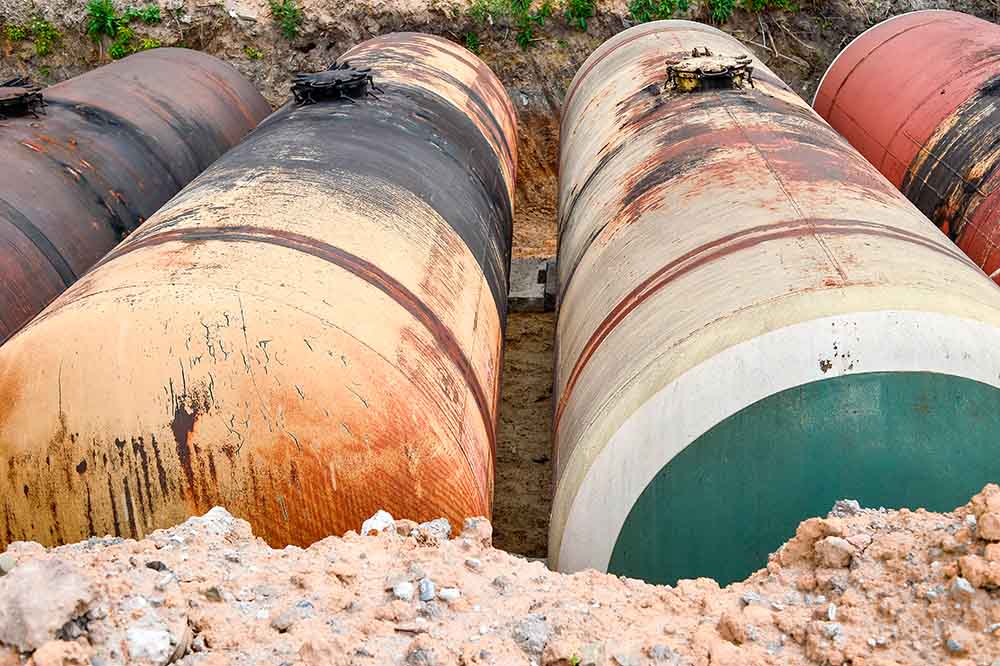Remediating sites with oil and gas contamination is typically an extensive process which must be tailored to the specific contamination, property, past or ongoing operations, and intended future use of the property. Depending on these factors, different programs will need to be followed and a determination must be made for which program is appropriate to seek regulatory approvals and closure. In Texas, the Railroad Commission offers the Voluntary Cleanup Program (VCP) as an incentive to any commercial lenders, developers, prospective purchasers, owners and operators who did not cause or contribute to contamination of a site; and the Operator Cleanup Program (OCP) which oversees operator led cleanups for sites identified by due diligence on oil and gas properties. We will discuss the primary differences between these two programs and their outcomes.
Voluntary Cleanup Program
The VCP signifies the most complete closure with the greatest release of liability by releasing all non-responsible parties from liability with a Certificate of Completion (COC) at closure from the RRC. The RRC VCP allows access to the tools available under the Texas Risk Reduction Program (TRRP) to address contamination using risk-based or site-specific approaches. The RRC VCP is typically warranted for a property with known releases that have occurred in the past, or activities in the surrounding adjacent areas whose releases may be unknown but still require assessment.
The RRC VCP is a primary option for oil and gas contaminated real estate in Texas and is an attractive option, particularly for larger transactions and high-value properties.
The RRC VCP enrollment and closure process includes the following steps and reports:
- VCP application
- Phase I / II Assessments
- Remedial Action Plan
- Groundwater Monitoring Reports
- Closure Report
- Designated future use of property
- Closure strategy (protective of human health)
- Applicant Creates their own expected timeline for reporting and closure
Before going into the RRC VCP, the applicant must consider their desired property use or site-specific conditions that will influence the VCP process. The COC issued for the property is contingent on the future use of the property (residential, or commercial/industrial) and the respective restriction categories. If the property owner wants to change the permissible use of the property, they are responsible for the submission of a new application and the associated costs of the VCP process. Furthermore, if a new buyer wants to go into the program, they may opt to have the site remediated to more stringent residential use standards to enhance the property value and provide more flexibility when selling the property.
Operator Cleanup Program
The RRC Operator Cleanup Program (OCP) oversees operator led cleanups to ensure compliance with RRC rules. Facilities enter the program on a case-by-case basis through RRC referral when soil and/or groundwater has been impacted (or has the potential to be impacted) or when risk-based site assessment is needed. The Operator is responsible for enrollment potentially also requiring landowner consent.
The RRC OCP process includes the following:
- Spill Report / Phase II Assessment
- Remedial Action Plan
- Groundwater Monitoring Reports
- Closure Report
- Designate future use of property
- Closure strategy (protective of human health)
While the cleanup is operator led and the timeline is driven by how quickly the operator wants to “get in and out”, the RRC will enforce the operator more readily in terms of remediation, reimbursement of state expenses, and associated penalties. The RRC OCP project endpoint is a No Further Action Letter at closure, which does not release the operator from liability to the state.
Under certain circumstances, operators can enter the RRC VCP, if they have not contributed to contamination on the site. If an operator purchases a new property, conducts a Phase I and Phase II and subsequently discovers contamination, they are eligible to enter the VCP and obtain a release of liability upon completion. Historical releases can also fall under the RRC OCP if an active operator discovers historical contamination, whether from the current or previous operator.
Navigating closure options through various regulatory programs can be confusing and difficult. Our consultants have a great track record of assessing, remediating, and closing affected properties through regulatory programs like the Voluntary Cleanup Program through the Railroad Commission, as well as assistance in the application and reporting process.
Contact Our Environmental Consultants
If you have any questions on these programs or are interested in redevelopment, please give us a call or click the link below to fill out our Contact Us form.
